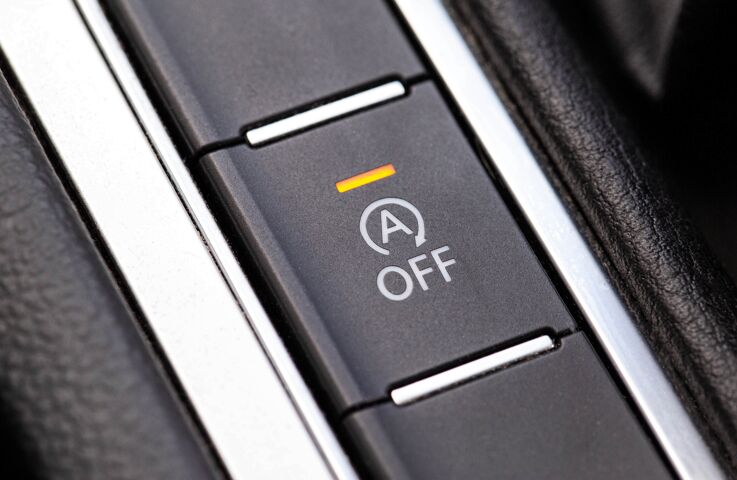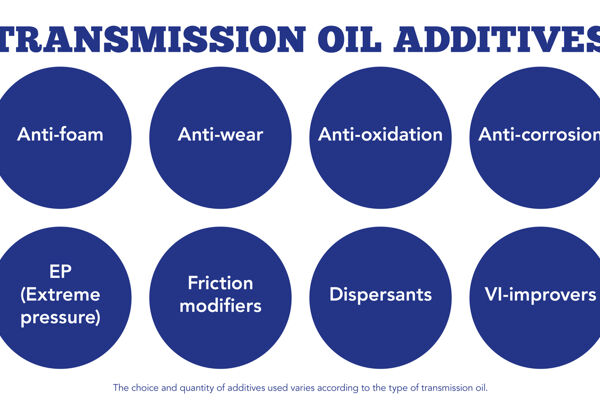
All you need to know about coolant
What does a coolant actually do, what are the differences between technologies, and what properties do they have? Why is it no longer possible to make a choice based on the...
December 5, 2022

This technology is not new, it was already used in the 1970s and 1980s, but because drivers at the time thought it was strange and unnecessary, it was not further developed. Today, just about all modern cars are equipped with the system. So why now? Because car manufacturers are keen on making fuel savings. They do a lot of developments to eliminate tenths of percentage losses in the powertrain resulting in less fuel consumption and hence less CO2 emissions. Globally, billions of litres of fuel are burned annually by cars in a traffic jam or during idling situations. A Start-Stop system is then of course a very easy win, it can save anywhere between 3 and 10% fuel depending on traffic and vehicle. Partly due to the high fuel prices in recent years, the acceptance of the system by the average driver has increased, and when this is not the case, the driver can often choose to turn it off.
You may already know that most engine wear occurs at start-up, at the moment when the moving parts need to start moving while the oil is not yet pumping. Up to 75% of wear, over the lifetime of an engine, is attributable to this start-up phase. Here we are talking about so-called boundary lubrication. The crankshaft and camshaft(s) are normally kept 'floating' by the accumulated lubrication film when the shafts are running, but when the engine is off, they 'sink' down and rest on the bearings. The moment the engine is started, there is metal-to-metal contact. This is obviously only brief, usually not even half a revolution of the axle before a lubricating film is built up, but it does contribute to wear. Research has shown that a car equipped with a Start-Stop system starts its engine as much as 3 times more often than a car without such a system.
Fortunately, car manufacturers also know that increased wear is a disadvantage of this system, so they have often developed and fitted more robust components for this reason. Therefore a little extra wear can happen without any problems. On the other hand, they also work closely with lubricant manufacturers to develop reliable lubricants for these specific conditions.
In Eurol's portfolio, you will find high-quality synthetic oils that, in conjunction with the additive package tailored for your engine, are perfectly suited to protect the engine in these tough conditions and even exceed the heavy manufacturer's requirements. This is also achieved with very thin, fuel economy-oriented oils such as Eurol Elance FE 0W-20. This is a thin 0W-20 oil and the carefully selected additives support in separating the metal surfaces during starting before the (thin) lubricating film is built up. The high-quality synthetic base oil remains intact even at long drain intervals, even during these severe conditions where, for example, temperatures rise when the engine is switched off.
So, when using the right, good quality oil, and by adhering to the prescribed drain interval, you do not pay the price of higher wear to achieve lower fuel consumption. However, it is very important that the specification prescribed by your vehicle's manufacturer matches the product you will use for the oil change. Want to know which oil is suitable for your car? Then consult our online product advisor and find the right advice.

What does a coolant actually do, what are the differences between technologies, and what properties do they have? Why is it no longer possible to make a choice based on the...

Fuel savings, smoother shifting, extended lifespan, and smaller sump capacities: these are the main driving forces for innovations in the field of transmission.

Only the best lubricants are good enough for the toughest rally in the world. Curious to find out which Eurol lubricants are used in the Riwald Dakar hybrid truck? Then rea...

Many modern diesel vehicles use AdBlue to meet emission standards. But what is AdBlue and how does it work? In this article we will elaborate on this in more detail.

What does a coolant actually do, what are the differences between technologies, and what properties do they have? Why is it no longer possible to make a choice based on the...

Fuel savings, smoother shifting, extended lifespan, and smaller sump capacities: these are the main driving forces for innovations in the field of transmission.

Only the best lubricants are good enough for the toughest rally in the world. Curious to find out which Eurol lubricants are used in the Riwald Dakar hybrid truck? Then rea...

Many modern diesel vehicles use AdBlue to meet emission standards. But what is AdBlue and how does it work? In this article we will elaborate on this in more detail.
